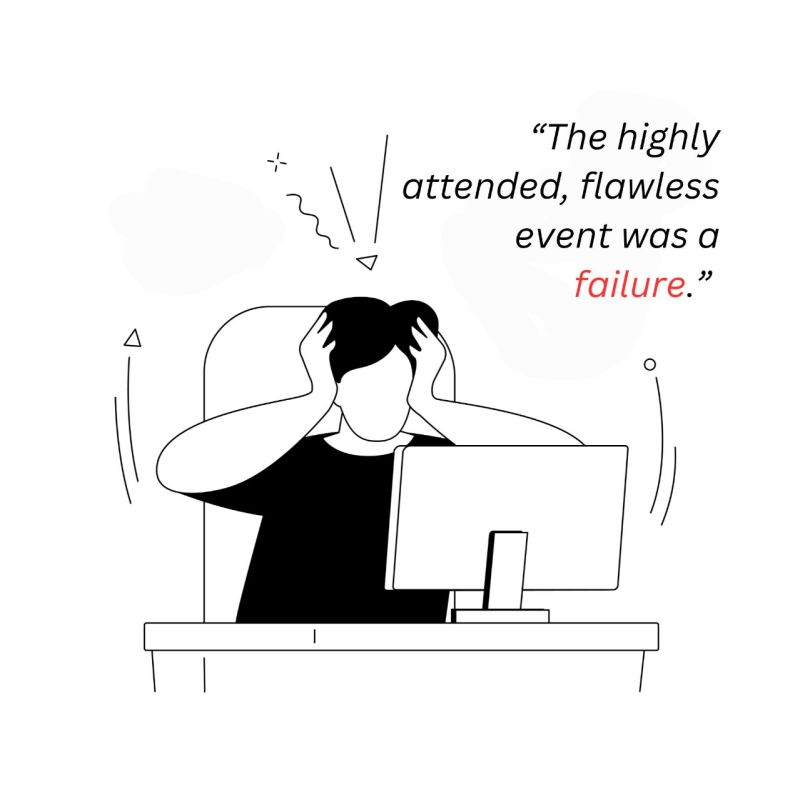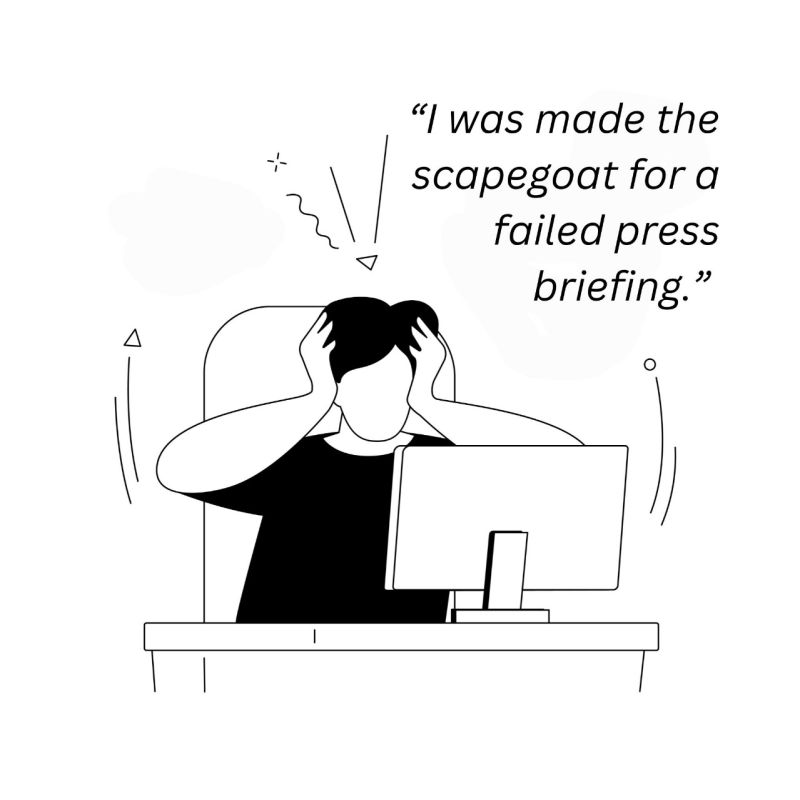Chris Wangalwa
Center for Public Relations (CPR), Africa Strategic Communication Hub Limited
Abstract
This article introduces the Theory of Experiential Communication (TEC), which conceptualizes communication as the lived and interpreted experience of stakeholders across seven domains: Product Experience, Service Experience, Human Interaction, Leadership Integrity, Operational Alignment, Delight and Surprise, and Crafted Messaging. Rooted in multiple traditions; phenomenological, rhetorical, sociocultural, and cybernetic, TEC repositions organizational communication as an emergent, multi-dimensional process shaped more by what stakeholders feel and observe than by what is said. The theory critiques message-centered paradigms and proposes five propositions that emphasize authenticity, alignment, and stakeholder-driven meaning-making. TEC contributes to the field by offering a systemic, experience-based framework with implications for theory-building, leadership communication, and strategic practice.
Keywords
communication theory, stakeholder experience, organizational communication, authenticity, alignment, experiential communication, strategic communication, phenomenology
1. Introduction
Theory of Experiential Communication (TEC) reframes communication as stakeholder experience across seven interconnected domains. TEC advances communication theory by shifting the locus of meaning-making from textual or verbal message transmission to lived, embodied experience. It posits that stakeholders increasingly form judgments not from what organizations say but from what they do and how those actions feel. It builds upon established traditions while offering a synthetic, cross-contextual approach to theorizing communication in modern organizational life.
2. Theoretical Context and Traditions
TEC integrates insights from multiple communication traditions:
– Phenomenological (e.g., Ricoeur, Gadamer): Communication is an interpretive, lived process.
– Rhetorical (e.g., Burke, Fisher): Persuasion arises from credibility, narrative coherence, and ethical alignment.
– Sociocultural (e.g., Goffman, Mead): Identity and meaning are socially constructed through interaction.
– Cybernetic (e.g., CMM, Structuration): Communication emerges from alignment across systems and routines.
This multidimensional orientation supports a unified yet flexible theory that addresses modern stakeholder expectations of coherence, integrity and experience.
3. Theory of Experiential Communication (TEC)
TEC proposes seven consistent dimensions through which stakeholders interpret and form impressions of an organization. Each dimension contributes to the communication ecosystem, reinforcing or undermining stakeholder perceptions.
These seven dimensions function as interdependent components of a stakeholder’s lived experience with an organization. Each dimension of TEC maps onto specific communication theories, enhancing its explanatory logic and ensuring it is firmly situated within recognized scholarly traditions. While messaging (Dimension 7) remains important, it is only one piece of a much broader experiential puzzle.
- Product Experience – The usability, reliability, and innovation embedded in a company’s core offering. It reflects the functionality and problem-solving capacity of the product, answering questions like: Does it work? Does it solve a real problem?
Uses and Gratifications Theory explains how users actively seek communication and products that meet their needs. Discussions related to Technology Acceptance also highlight how perceived usefulness and usability inform engagement.
- Service Experience – The consistency, empathy and responsiveness encountered during service interactions. It assesses the ease and reliability of support: Is the service fast, frictionless and dependable?
Expectancy Violations Theory and Interaction Adaptation Theory inform this dimension by showing how people respond to unmet or exceeded expectations and how communicators adapt behaviorally to maintain relational harmony.
- Human Interaction – The quality of interpersonal engagements, both physical and digital. It gauges the authenticity of stakeholder treatment: What culture do staff convey in every interaction? Does the organization care and listen?
Symbolic Interactionism underlines how meaning is constructed through interpersonal encounters, while Relational Dialectics Theory addresses the tensions and dynamics inherent in human relationships.
- Leadership Integrity – The perceived values, transparency and authenticity of organizational leaders. It examines whether executives embody organizational values: Do leaders walk their talk or merely quote values?
Rhetorical Theory, particularly Aristotle’s concept of ethos, emphasizes credibility and moral authority. Narrative Paradigm and Transformational Leadership Communication stress the importance of coherence and authenticity in leadership messaging.
- Operational Alignment – The congruence between stated values and observable organizational behaviour. It evaluates the coherence of processes, products and promises: Do internal systems align with the external narrative?
Structuration Theory and the Coordinated Management of Meaning (CMM) explain how internal systems and external narratives co-construct organizational meaning.
- Delight and Surprise – The unexpected, emotionally resonant gestures that exceed expectations. It considers whether the organization delivers memorable moments: Are there instances that make stakeholders say, “I didn’t expect that, but I am glad I chose them”?
Expectancy Confirmation Theory and affective theories in communication highlight how positive emotional disconfirmation strengthens trust and engagement.
- Crafted Messaging – The strategic content that narrates, explains or contextualizes the above experiences. Is the organization’s messaging consistent with its actions and identity?
Framing Theory, Sensemaking, Message Design Logics, and Agenda-Setting Theory together show how communicators shape understanding through narrative choices, but TEC expands this to emphasize coherence with lived experience.
The Theory of Experiential Communication (TEC) reframes communication from being a departmental task to being an organizational ethic. It demands a deeper involvement in how services are designed, how operations reflect values and how leadership cultivates trust. It provides a flexible, experience-centered lens recognizing the significance of authenticity and lived experience in building trust and contributing to more meaningful stakeholder relationships.
4. Philosophical Assumptions
– Ontology: Communication is experiential and constitutive of organizational reality.
– Epistemology: Knowledge about organizations is derived through stakeholder sensemaking across time and touchpoints.
– Axiology: Ethical alignment and emotional resonance are central to effective communication.
– Human Nature: Stakeholders are reflexive, interpretive agents, not passive message receivers.
5. Theoretical Propositions
- P1 – Experience Precedes Message: Stakeholders interpret messages through the lens of lived experience before attending to messaging.
- P2 – Congruence Creates Credibility: Alignment across all experiential domains strengthens stakeholder trust.
- P3 – Messaging Reflects Reality: Messages are most effective when they describe or support authentic stakeholder experience.
- P4 – Delight Amplifies Loyalty: Positive emotional surprises enable durable stakeholder relationships.
- P5 – Leadership Signals Culture: Leadership behavior communicates organizational values more powerfully than mission statements.
6. Contributions to Communication Theory
TEC offers three major contributions:
- Reconceptualization of Meaning-Making: Moves communication from a verbal to an experiential paradigm.
- Integration Across Traditions: Synthesizes insights from multiple theoretical streams without collapsing their distinctions.
- Applied Usefulness: Provides a diagnostic and prescriptive tool for analyzing stakeholder experience and communication alignment.
7. Implications for Practice
TEC provides communication practitioners with a framework for:
– Conducting holistic communication audits that assess lived stakeholder experience.
– Designing strategic communication interventions that synchronize systems, service design and leadership behaviour.
– Guiding leadership development, reframing leaders as communicators whose actions and decisions are interpretively rich.
8. Conclusion
TEC positions communication as an emergent, systemic phenomenon shaped by the experiences stakeholders accumulate through their interactions with products, people, processes and leadership. It addresses theoretical and practical limitations of message-centric models by integrating authenticity, alignment and experience into a single explanatory framework. As such, TEC advances the field of communication studies by proposing a theory that is attuned to the complexity of organizational life and the reflexivity of modern stakeholders.
References
Wangalwa, C. (2025). The 7D Communication Framework. Unpublished manuscript.
Burke, K. (1969). A Rhetoric of Motives. University of California Press.
Craig, R. T. (1999). Communication theory as a field. Communication Theory, 9(2), 119–161.
Fisher, W. R. (1987). Human Communication as Narration: Toward a Philosophy of Reason, Value, and Action. University of South Carolina Press.
Foss, K. A., & Littlejohn, S. W. (2011). Theories of Human Communication (10th ed.). Waveland Press.
Giddens, A. (1984). The Constitution of Society: Outline of the Theory of Structuration. University of California Press.





Leave a Reply